
The 25th Mason Neck Eagle Festival
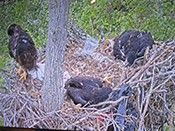
On May 13, 2023, FODM volunteers participated in the 25th Mason Neck State Park Eagle Festival, sponsored by a “sister” group, the Friends of Mason Neck State Park.
Nature Enthralls
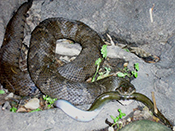
Dyke Marsh had some “major attractions” in late spring 2023.
Warming Up to Ticks and Mosquitoes

On May 17, 2023, the Friends of Dyke Marsh hosted a presentation by Kasha Helget on the value of ticks and mosquitoes, how to identify them, their life cycles and eco-friendly management responses.
Owl Fascination Abounds
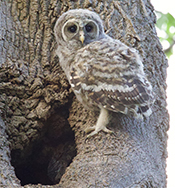
Spring 2023 brought a frenzy of reproduction in the natural world. Many people have stood for hours watching and photographing a barred owl (Strix varia) pair and a great horned owl (Bubo virginianus) pair raise their young. In early May, observers began to see the fledglings of both pairs exploring the immediate environs.
“Sister” Group Visits Dyke Marsh
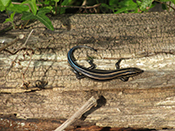
On April 14, 2023, Dan Rauch, Fisheries and Wildlife Biologist for the Washington, D.C., government, led a walk, billed as a "riverside chat," in Dyke Marsh for 13 members of the Potomac Conservancy.
The Ospreys’ Spring Return and Ritual
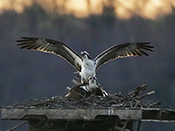
Many people delight in the ospreys’ spring return from their southern wintering grounds in Florida, the Caribbean and Central and South America to spots near water in Northern Virginia.
Floodwall and Levee Near Dyke Marsh Is Questioned

In June 2022, the U.S. Army Corps of Engineers’ (ACE) proposed a “tentatively selected plan” to build a floodwall and levee in the Belle Haven, New Alexandria, Belle View and River Towers areas of Fairfax County near the Dyke Marsh Wildlife Preserve.
Record Number of Volunteers Give Back on MLK Day

On the January 16, 2023, Martin Luther King Day of Service, 131 enthusiastic volunteers clipped English ivy (Hedera helix) off trees in Dyke Marsh and collected 70 bags of trash weighing 446 pounds.
Many Birds Stand Out in Winter
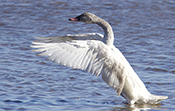
Winter brings several species of migratory waterfowl to the Potomac River and Dyke Marsh and many birds stand out as they perch on leafless tree limbs, search for prey and forage on the ground. Still some, like barred owls (Strix varia) are expert at camouflaging.
Volunteers Tackle Never-Ending Invasive Plants
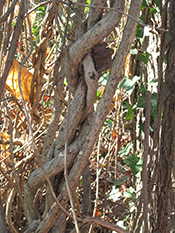
For at least 15 years, the Friends of Dyke Marsh have worked to control many species of invasive plants in the preserve. Invasive plants displace native plants and replace wildlife food sources with which native wildlife co-evolved.
Getting the Real Story on Bats
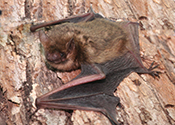
On October 26, 2022, bat educator Deborah Hammer gave an online presentation on bats, dispensing bat facts and dispelling bat folklore. Deborah is a board member of both FODM and Bat Conservation and Rescue of Virginia.
Fall Colors Bring Cheer
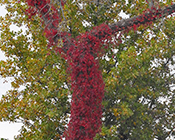
Though the October 24, 2022, sky was overcast, fall’s colors cheered 22 enthusiasts on a walk led by Margaret Chatham and Alan Ford with the Potowmack Chapter of the Virginia Native Plant Society.


AlbertHerring-b4cc6b5cfb.jpg)



 Friends of Dyke Marsh, Inc. is a non-profit 501(c)(3) organization.
Friends of Dyke Marsh, Inc. is a non-profit 501(c)(3) organization.